Transcripts
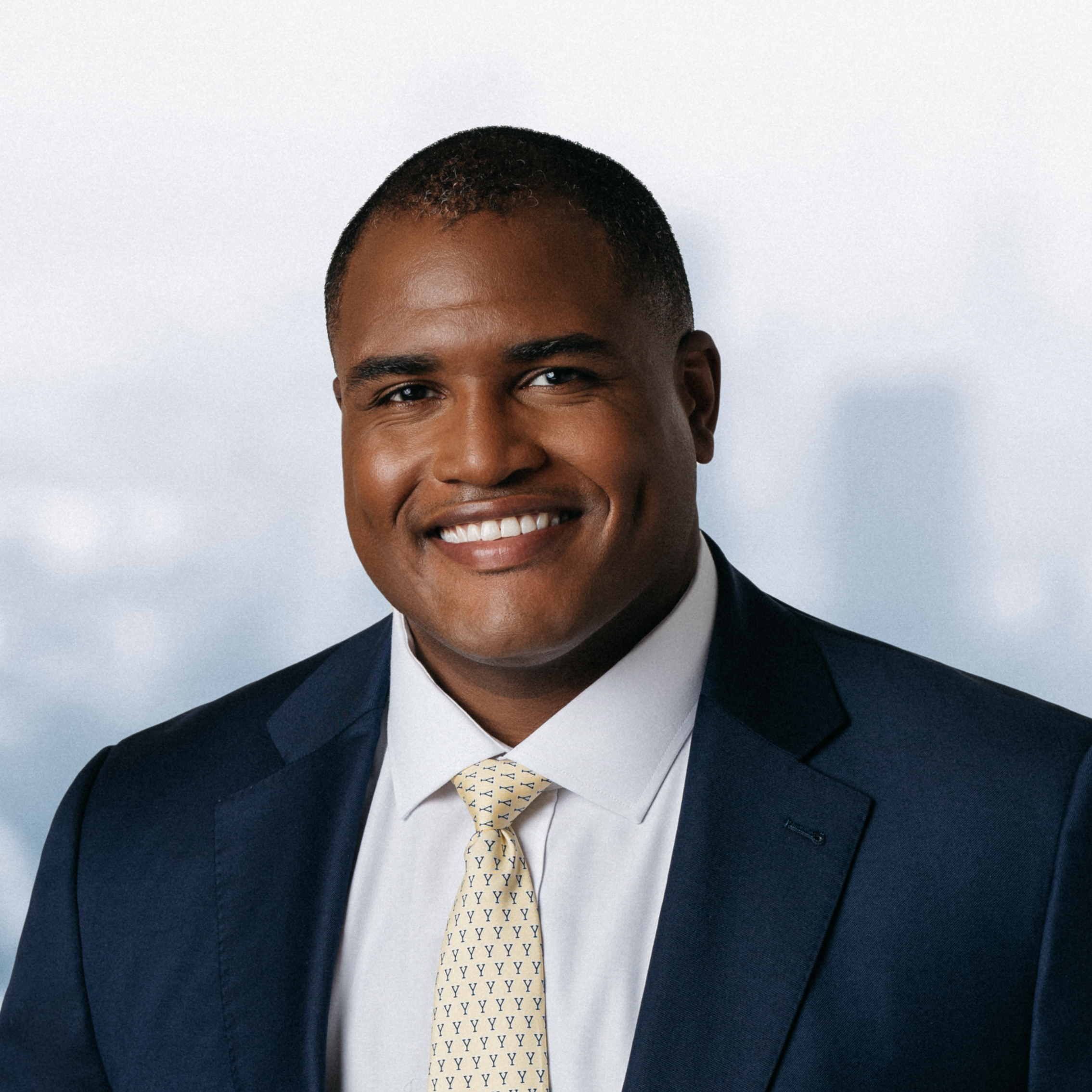
Erik: Joining me now is 42 Macro founder Darius Dale. Darius, as always, has prepared an extensive slide deck to accompany today's interview. Registered users will find the link to the slide deck in your Research Roundup email. If you don't have a Research Roundup email, just go to our homepage macrovoices.com, click the red button above Darius’s photo that says Looking for the Downloads. Darius, it's great to get you back on the show. We've kind of made a tradition of doing January interviews for the last few years, you've had some really good calls at the beginning of the year. I guess we slipped it into the beginning of February this year. But give us the big picture. What should we expect this year? Last we had you on, you were still expecting a recession and maybe a lower low in the bear market. Needless to say, we're looking at new all-time highs. So, how's the new market data line up with your expectations?
Darius: Yeah, Erik. Thanks, again, for having me back on the show. It's always a pleasure. So just to make one quick caveat to your intro there, the last time I was on the show, we were calling for a blow off top in the equity market as a function of a potential recession on the calendar that is sensitive.
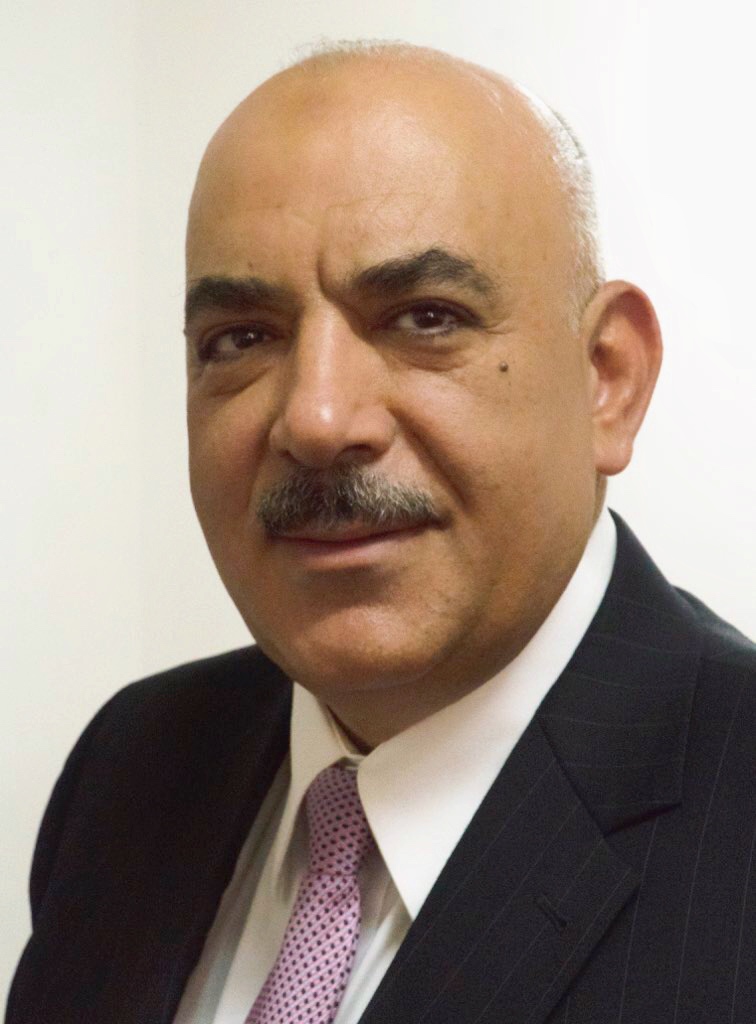
Erik: Joining me now is Dr. Anas Alhajji, a managing partner of Energy Outlook Advisors, former chief economist for Natural Gas Partners, and now recently named the number three most influential social media influencer on the topic of oil and energy markets outstripping, Dan Yergin and a number of other notable people considerably. So congratulations on the new title, sir.
Anas: Thank you. I don't know whether this is true or not. But thank you.
Erik: Well, I don't know how they came up with it. But I was certainly proud for you the day that I saw that, and hey, we discovered you on MacroVoices. So everybody, just remember where you found the good doctor from. Well, it's great to have you back on MacroVoices. I want to dive right in because the world has changed considerably since the last time that we talked. You just did an Excellent Spaces last week, our listeners got that in last week's research roundup email. So if you haven't listened to that, folks, be sure to.
Why don't we start with a quick update on what's going on with the Yemen war and how it has changed the face of the oil market? And then tie that into what you told us last year, is we were coming to the end of 2023. How does the forecast look into 2024, now with everything that's changed in the world?
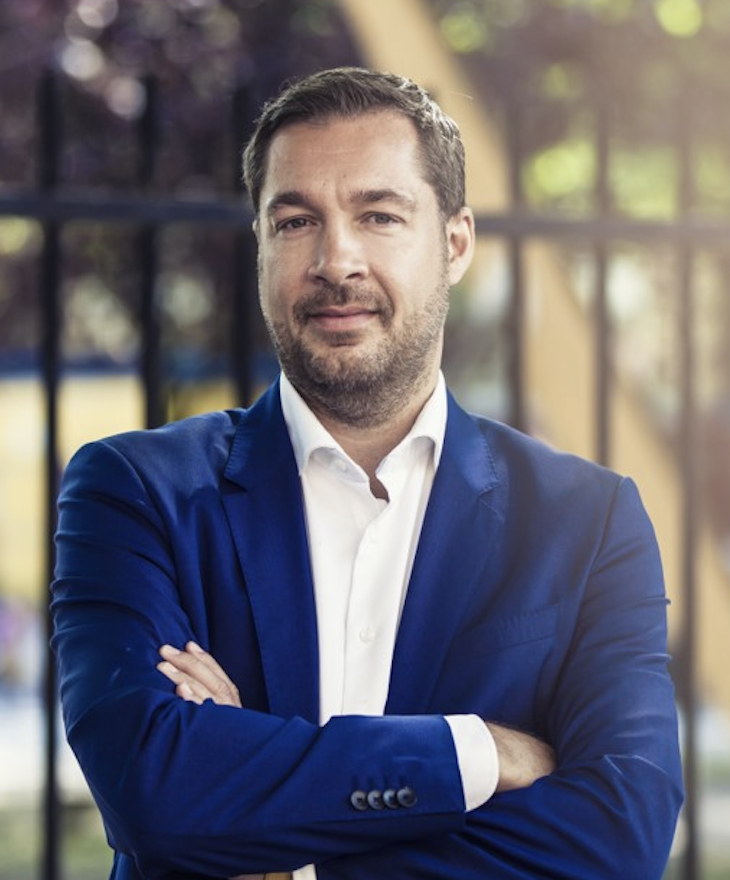
Erik: Joining me now is Jeroen Blokland. Jeroen, last time we had you on the show more than a year ago, you correctly anticipated that there was more inflation to come. Of course, you were right about that. Now, it seems like everybody's convinced inflation has peaked. And, boy, that we've gotten to the point where there's now just widespread expectations that the Fed completely reversing its policy to a campaign of cutting interest rates is just around the corner with rate cut odds in March, just blowing through the roof all the way up to 80% expectations now. So let's start with, first of all, good call, is the inflation really over at this point, or are we just looking at a lull in the storm? And where are we headed with respect to inflation?
Jeroen: I think that the deflationary, disinflationary or however you want to call it, pressures are pretty significant. I also expect that in the end, the US economy will slow down. So it has been much, much stronger than we all have expected. But I think that this year, growth levels will be significantly below what we have seen last year. And so, I think that this inflation story is set to continue. And only, let's say, supply chain bottlenecks, we now have the Middle East, or oil prices or things like that may be able to push that up again, I also expected the US labor market to slow, to be less strong. And that also means less wage growth. So yes, I think that inflation dropping to near or at the Federal Reserve target is pretty okay to expect, maybe not in the first part of this year, but towards the end of the year or early next year. So my idea is that inflation will remain relatively benign from here.
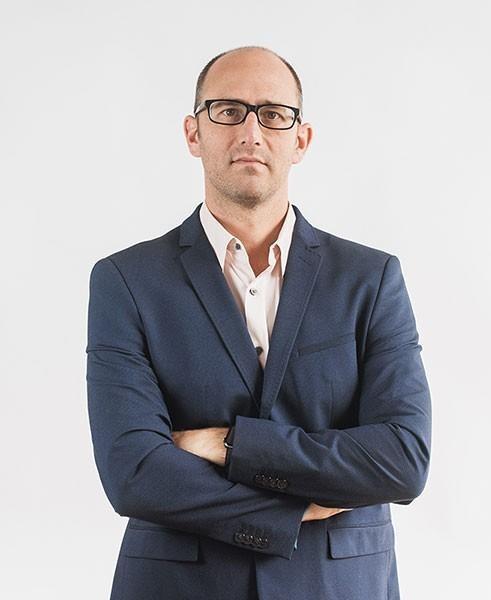
Erik: Joining me now is Uranium Insider founder and newsletter editor Justin Huhn. Justin prepared a slide deck to accompany today's interview, registered users will find the download link in your Research Roundup email. If you don't have a Research Roundup email, just go to our homepage at macrovoices.com, click the red button above Justin's picture that says, “looking for the downloads.” Justin, it's great to get you back on the show. Our listeners have enjoyed two full hours of Mark Nelson and I, or me talking Mark Nelson's ear off about really high level, pie-in-the-sky stuff I know our listeners want to dive into, okay, where's the trading opportunity? How do we make money off of this sucker? So let's talk about this uranium bull market. Needless to say, it's undeniable that it's happening because a lot of the stocks that I have from your focus list in the newsletter, some of them are up 100% since they bottomed in March. So needless to say, the market is on, let's talk about what's driving it, how long it can last, where it's headed, whether we're overdue for a correction and so forth. And I can't think of a better place to start than this beautiful chart you've got on page 1 of the deck.
Justin: Well, thanks for having me back. Erik, it's really good to discuss this this uranium investing thesis again, because I think it's only improved since the couple of times we've spoken over the past 12 months. And it's looking very, very positive going forward, at least for the short and the midterm and potentially for the long term as well, which I know that you personally have a focus on the long term for nuclear, which in unabashed nuclear proponent regardless of the investment case, but the investment case is extremely strong here for uranium. And on that first slide, I'm showing just a really, really simple graph that shows current and projected supply and demand for nuclear. And this is basically just taking a structural snapshot showing the actual expected mined pounds out of the ground on an annual basis compared to the actual burn up rate of the global nuclear reactor fleet. And you can see that we basically remain at a deficit even with expected peak production towards the end of the decade. Now, it's important to add some historical context here, Erik, which is the uranium sector has been short on the production side, let's say lower than annual demand every single year for probably about the past 30 years, there was a period of time where we had an absolute glut of production. And this was going back into the 80s, when there was a full-on nuclear renaissance in the 70s and 80s, many countries were building dozens and dozens of reactors around the world. And we had an absolute explosion of mine supply. And that was, of course, also to feed a few nation's nuclear warhead aspirations. But we had a massive amount of production that far overshot annual reactor demand for close to a decade. And this is primarily in the 80s. And following that, since then, we've had a supply shortfall, the big difference between now and the previous markets, we had bull market back in the 80s and then again in the mid 2000s. The difference now is that there's very little secondary supply to balance that shortfall of production. So if we go back to the previous bull market, let's say, ’04 to ’07, that was a very short, very violent bull market for the commodity. But even during that time, there was a supply deficit from primary production compared to primary demand. But you had an abundant amount of secondary supply coming from the Megatons to Megawatts Program, which was a down blending of nuclear warheads to feed into civil nuclear programs, that was about 20 million pounds a year that went on for 20 years. And then towards that the end of that bull market, you had secondary supply coming from enrichment under feeding, and we can get into the weeds on that. But I'll skip it for now, basically, to say that was 30 plus million pounds of secondary supply, even in the rip roaring bull market of the mid 2000s. Bring us forward to today, Megatons to Megawatts ended in 2013, that's over. There's very little government stockpiles being downloaded and sold into the market currently, under enrichment. underfeeding has drastically dwindled over the past few years. So we now have maybe 15 million pounds of secondary supply. And that's a good year currently right now. So it's a structurally short market. And regardless of where the price is, at which currently right now sitting at $94 a pound uranium, we have a situation where pretty much any mine in the world can be making money here yet we're going to remain out of supply shortfall for the foreseeable future. And there's many many years to go before we have some big new mines come online and that's kind of where we're at currently.
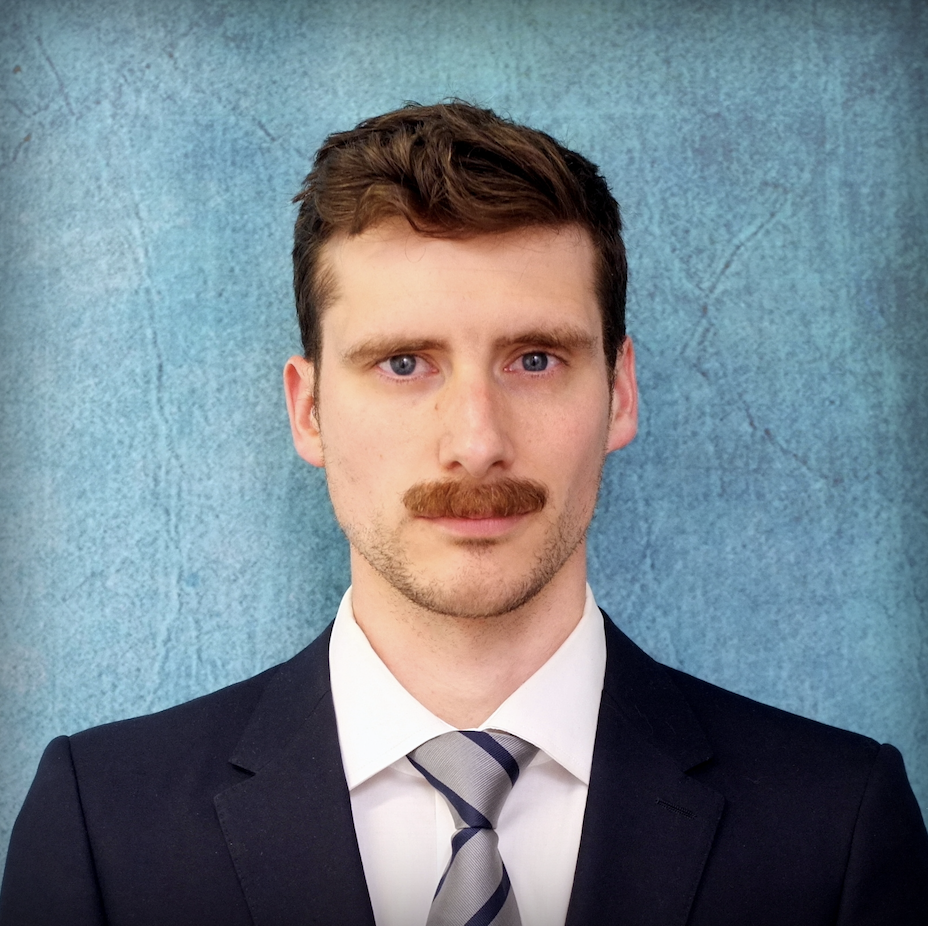
Erik: Joining me now is Radiant Energy founder Mark Nelson. Mark, you just returned from the COP28 conference in Dubai, where just a few years ago, Greta was considered the ultimate intellectual authority on climate change. And pro-nuclear guys like you are kind of persona non grata. But from what I've seen online, this was a totally different COP conference with a totally different attitude among the delegates toward nuclear energy. So please give us the lowdown on Triple nuclear and the mood and attitude swing that's occurred there and generally what your experience was with this climate conference as opposed to others that you've attended earlier in your experience as a pronuclear activist.
Mark: Yeah, thanks, Erik. I'm just off the plane, shall we say late last night from Dubai after a 14-hour flight. I've now been to COP or Conference of Parties 3 times. This is a Conference of Parties to the climate agreement signed it previous versions of these conferences. We're now on COP28, some of these climate conferences have very famous names and agreements that come out of them. For example, the Kyoto accords that was caught up in, I believe 1997 in Kyoto, Japan, and then the Paris Agreement in 2015, with most world leaders and a President to sign it that was very famous in 2015. And then, this year, in 2023, we had the first global stock-take, as demanded by the Paris agreements, where we looked at all the carbon in the ground, all the carbon in the air, all the development left to be done, who has money, who needs money, and try to come to an agreement about what path to take in a real world with real emissions and real trade-offs in development. So, 2023 here in Dubai was not unusual for being a COP, physically powered by nuclear power plants. The UAE has a big plant down the coast, at Baraka in Abu Dhabi, and I was lucky enough, extremely lucky, shall I say, to be able to visit it by helicopter, one of the coolest things I've ever done in my life. But Paris in 2015, Erik, that was a COP almost totally powered by nuclear electricity, where the host governments itself was anti-nuclear, and practically banned any discussion or presence of the nuclear industry or nuclear advocates at the event.
So really great question, what has changed in that massive, massive cultural leap from 2015 to 2023, even though it's only been eight years? Well, I think one of the big things is this, a COP or these global climate conferences had a very unserious attitude towards energy. Now, I only go back three years, but I'm hearing from people who were there before it, there was the climate science, the environmental activism, the social activism, but there was very little presence of hardcore energy discussion, energy reality. And I think it would have been almost impossible to have a COP presidency in the host nation of United Arab Emirates without a very serious, some people say, too close of connection to the realities of energy production, both fossil fuels and nuclear energy. So I will say that one of the big changes is that this host nation, unlike France in 2015 but probably like France would be vetted, hosted this year, was extremely interested in nuclear energy for its own sustainable energy goals for its own energy security. And I think that that meant that as long as the world was willing to step up, as long as countries around the world were willing to step up and meet the host nation, UAE, in talking about and agreeing about what to do with nuclear energy, there was going to be a big nuclear energy presence in the official inside world.
So, I say official inside world because this brings us to another important part, which is what was the role of the NGO and advocacy community this year versus previous years? Well, for many years, there's been a building movement where organizations, large and small, in the nuclear nonprofit world, think groups like American Nuclear Society, European Nuclear Society, Generation Atomic started and run by my friend, Eric Meyer. These are civil society initiatives that have gotten involved with getting the all precious Blue Zone passes, the Blue Zone badges, the so called UN Blue Zone, that is the area where the climate agreements are actually negotiated, and determined. Well, this is the sort of the inner sanctum that have these giant festivals, these giant trade conventions, really, sort of global expos, the Blue Zone is hard to get passes for, and you have to have been involved for quite a while and aiming for them in order to have them. Well, year after year, more and more nuclear advocates are filling up spots, both from their host nations and in these nuclear NGOs that are continuing to win permission from the UN to get badged up as observers of the process or parties to the negotiation. So nuclear advocates are permeating all levels of government and NGOs. It's very difficult to run an anti-nuclear NGO and still get good, young talent these days. And that carries over to these COPs where nuclear advocates are inside, they're outside, they're in the Blue Zone with the passes in the negotiating room. And it makes a difference because most people are not really against nuclear with all their soul, and meeting multiple nuclear advocates of different ages, education levels, backgrounds, inside and outside the global nuclear industry really starts to wear people down, if it's just a matter of ignorance, or just a matter of fear of the sort of corporate unknown. And eventually they have that one really serious conversation with one of us that changes their minds.
MACRO VOICES is presented for informational and entertainment purposes only. The information presented in MACRO VOICES should NOT be construed as investment advice. Always consult a licensed investment professional before making important investment decisions. The opinions expressed on MACRO VOICES are those of the participants. MACRO VOICES, its producers, and hosts Erik Townsend and Patrick Ceresna shall NOT be liable for losses resulting from investment decisions based on information or viewpoints presented on MACRO VOICES.
